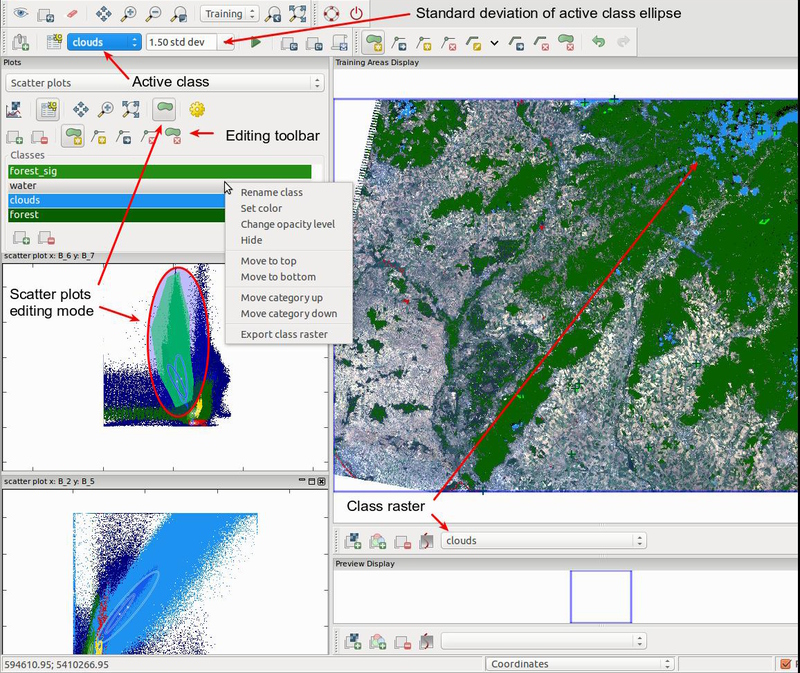There are additional buttons for saving or opening workspace file, and others. It is important to note that zooming in any display will have no effect on the 'computational region' setting set with g. It is important to note that zooming in any display will have no effect on the 'computational region' setting set with g. It is recommended to record animations using fly-through mode to achieve smooth motion. Fly-through mode View can be changed in fly-through mode can be activated in Map Display toolbar , which enables to change the view smoothly and therefore it is suitable for creating animation see below. A right mouse click on a layer or left clicking the button to the right of the layer opens a dropdown menu with options to remove or rename the layer not the actual map , change its display properties d.
| Uploader: | Samurg |
| Date Added: | 2 April 2016 |
| File Size: | 61.45 Mb |
| Operating Systems: | Windows NT/2000/XP/2003/2003/7/8/10 MacOS 10/X |
| Downloads: | 2352 |
| Price: | Free* [*Free Regsitration Required] |
Panning changes the location of the region displayed but not the size of the area displayed or the resolution. You can switch between 2D and 3D view.
The bottom part differs for isosurface and slice. Selection can be stored to a new vector map, see v. Panning does not affect the computational region for axgui GIS processes, see g.

Add grid or vector labels qxgui Opens a dropdown menu that allows user to select to: Continuous scaling of elevation provides the ability to use various data types for the vertical dimension. Create new workspace Removes all layers from the layer tree and creates a new, empty tree where new layers can be added.

Each display window is associated with its own set of map layers in the layer manager. Add raster arrows layer Adds map of raster cells with directional arrows drawn.
Subscribe to RSS
Zoom in Interactive zooming with the mouse in the active display monitor. Analysis Analysis tab contains Cutting planes panel. Start Graphical Modeler Opens graphical modeler to create models and run them.
The map layers for each display are wxugi under different tabs in the Layer Manager. The profile may be of the displayed map or a different map. Zoom options Opens a dropdown wcgui that allows user to: Zoom options Opens a dropdown menu that allows user to: Displays all active layers in 3D perspective using OpenGL.
Open existing workspace file Opens an previously saved workspace file, containing a set of display layers and their option settings. Display mode Query selected raster, RGB raster all three wxfui channels will be queriedor vector map s using the mouse. Up to three maps can be profiled simultaneously, see Profile Tool help page.
GRASS GIS Manual: wxGUI 3D View Mode
Profile tool Interactively create profile of a raster map. Select features from vector map Interactively select features from given vector map. A low resolution surface or wire grid optional provides real-time viewer positioning capabilities. Another way to change eye position is to press the buttons around the position box representing cardinal and ordinal directions.
Lengths are measured in wxugi current measurement unit, see d. There is a toolbar to wxui displayed map layers, wxguui layer tree frame in which map layers for display are organized, a command output window tab, and interactive command line prompt. To reset the surface position press Reset button. Various color and lighten settings are possible. Set raster output format Define external format for newly created raster maps see r.
Layers are displayed as arranged in the layer tree: Drag the pan cursor while pressing the left mouse button to pan. Set vector output format Define external format for newly created vector maps see v.
You can adjust the viewer's height above the scene, perspective and twist value to wxgki the scene about the horizontal axis. Press 'Record' button and start changing the view. A labels file can also be created with a text editor, see d.

Комментариев нет:
Отправить комментарий